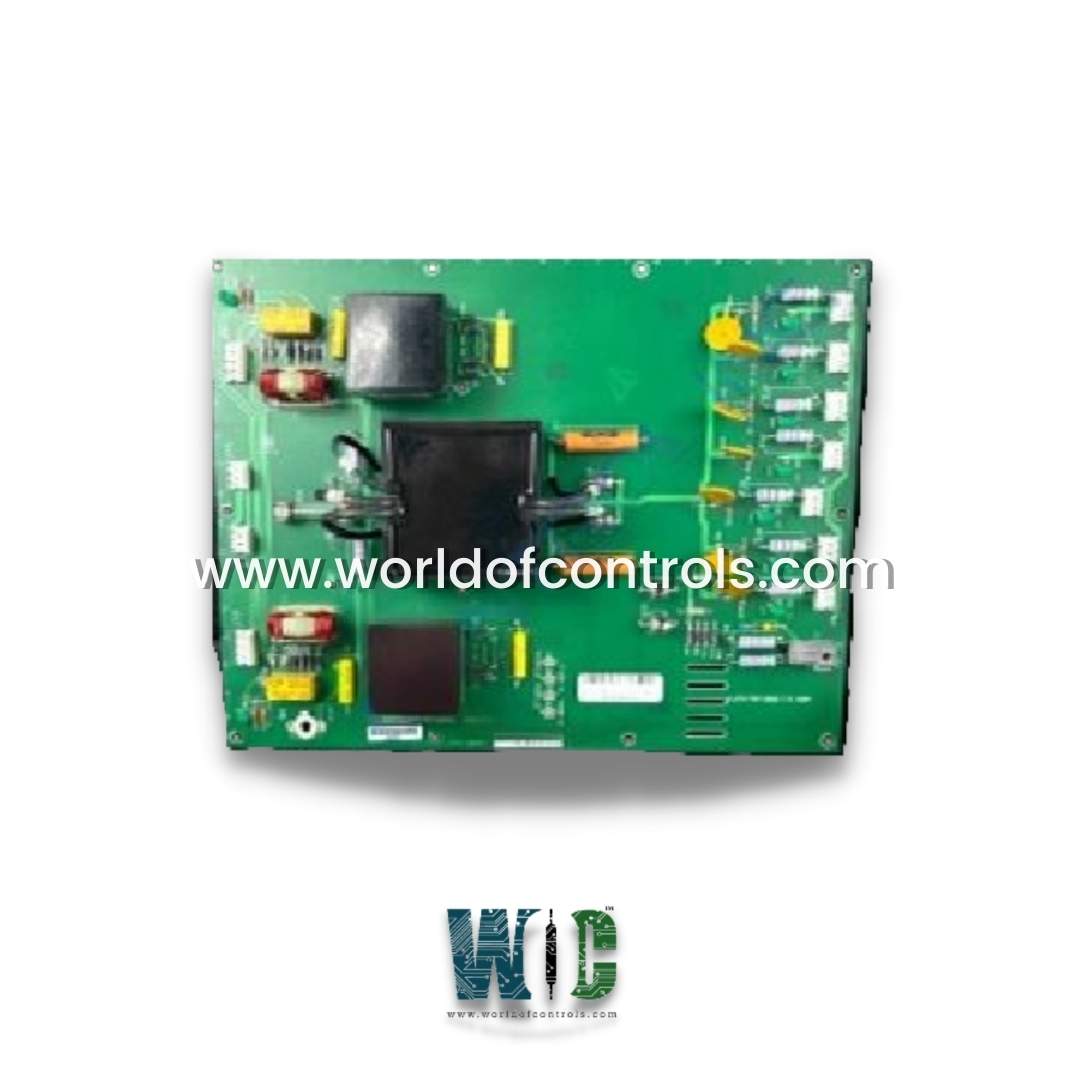Introduction
In high-risk industrial environments like power generation facilities, electrical safety isn't optional—it's essential. Turbine systems, especially those used in gas and steam power plants, rely on stable, uninterrupted control power. A sudden electrical fault or arc flash can lead to serious equipment damage, production downtime, or even safety hazards. Recognizing these risks, General Electric (GE) has developed specialized components known as Flash Protection Boards to enhance system resilience and safety.
These boards play a critical role in safeguarding turbine control systems by mitigating electrical disturbances before they escalate into costly or dangerous failures. This article explores how GE’s Flash Protection Boards contribute to electrical safety, particularly in turbine applications.
What Is a Flash Protection Board?
A Flash Protection Board is a protective electronic module designed to shield control systems from electrical faults such as overvoltage, short circuits, or transient surges. These faults can occur due to switching events, lightning strikes, equipment malfunctions, or grid disturbances. Without adequate protection, sensitive control electronics could be irreparably damaged, leading to plant-wide disruptions.
In essence, a flash protection board acts as a safety barrier, filtering and isolating dangerous electrical events before they reach mission-critical control systems.
Why Turbine Systems Need Flash Protection
Turbine control systems manage key functions such as speed regulation, load balancing, fuel control, and emergency shutdowns. These operations depend heavily on a consistent and clean supply of control power. Any interruption or contamination of this power—such as a voltage spike or arc flash—can jeopardize turbine performance and plant safety.
Here’s how Flash Protection Boards address these challenges:
- Prevents cascading failures: By isolating faults locally, the board stops the fault from affecting adjacent systems or components.
- Protects control electronics: Sensitive modules like I/O cards, processors, and relay logic circuits are shielded from harmful power fluctuations.
- Ensures uptime and safety: The board helps maintain system availability and reduces the risk of unplanned shutdowns or operator exposure to hazardous conditions.
- Improves equipment lifespan: By reducing exposure to electrical stress, the board contributes to longer system reliability.
GE’s Approach to Electrical Protection
GE’s turbine control systems—like those found in their Mark VI and Mark VIe platforms—incorporate Flash Protection Boards as an integral part of the overall safety design. These boards are compact, rugged, and built to handle the demanding electrical environments found in power plants.
Some of the standard features in GE’s Flash Protection Boards include:
- Surge suppression to absorb and neutralize high-voltage transients
- Fuse-based protection that isolates faults quickly and effectively
- Voltage regulation support to help maintain steady output power
- Backplane connectivity for seamless integration with control racks and panels
These features allow the boards to function not just as passive protectors, but as active safety enablers, supporting real-time system performance and fault management.
The Bigger Picture: Electrical Safety and Industry Trends
Electrical safety is a growing priority across all industrial sectors, but especially in power generation. As systems become more digitized and automated, the need to protect control electronics becomes more urgent. Flash Protection Boards are a reflection of this trend—providing targeted, board-level protection that complements broader system-wide safety protocols.
Moreover, modern power plants operate under tighter regulatory and performance expectations than ever before. Integrating flash protection helps plants meet these requirements by minimizing downtime, reducing maintenance costs, and enhancing worker safety.
Conclusion
GE’s Flash Protection Boards are a key component in the pursuit of safer, more reliable turbine operations. By mitigating electrical risks at the source, these boards ensure that control systems can operate effectively even under challenging conditions. Whether you’re managing a large-scale power plant or a localized turbine installation, integrating this type of electrical protection is a smart move toward long-term performance and safety.
In today’s complex industrial landscape, electrical protection is not just about compliance—it’s about building resilient systems that can stand the test of time. GE continues to lead the way by embedding intelligent protection into every layer of their turbine control architecture.





Comments